Cateran Turbochargers: The Key to Increased Horsepower and Torque
Although their first iterations hardly resemble what’s found on today’s cars and trucks, turbochargers have been a part of serial diesel engine production for more than half a century. These car parts use high-velocity exhaust gas to compress and force as much oxygen into the engine as possible. And it’s an amazingly simple process that can be done with any internal combustion engine.
The naturally high compression that diesel engines require, however, provides the perfect environment for turbos to introduce as much as 50% more oxygen into a cylinder. The result is a high-pressure oxygen infusion that not only burns fuel more efficiently but also produces more horsepower and torque.
Turbo chargers, especially older units, aren’t immune to problems, though. Overheating, oil starvation, and fatigue are a few issues that can eventually lead to turbo failure. That’s why if you own a turbo diesel, you need to be able to recognise when your turbo’s going bad and know what your alternatives are when it does.
Reasons to Get Premium Replacement Turbos from Cateran
Let’s be honest: in a country that has one of the most challenging environments anywhere, and loves its turbo-diesel utes, 4WDs, and RVs, turbo problems are to be expected. Fortunately, however, Australia’s own Cateran Pty Ltd is an industry-leading manufacturer of premium aftermarket replacement turbochargers that are engineered and built specifically for our unique climate.
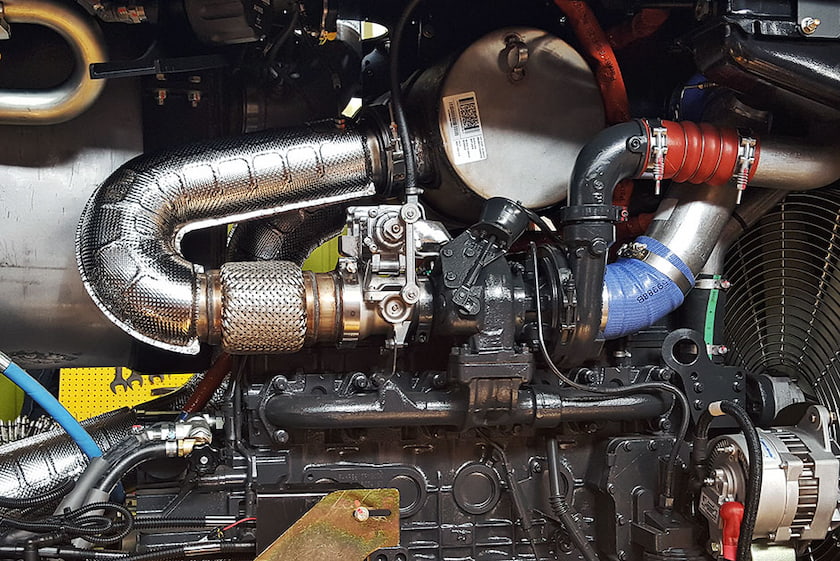
With a manufacturing process that’s designed to produce OE matching-quality components and accessories, Cateran’s comprehensive range of replacement turbochargers for sale includes units for all of Australia’s most popular factory turbocharged vehicles, including:
- Toyota Landcruisers, Hiluxes, Hiace, and Prados;
- Ford and Mazda Transits and Ranger / BT-50s;
- Holden Jackeroos, Colorados, Captivas, and Rodeos;
- Nissan Navaras and Patrols; and,
- Mitsubishi Tritons and Pajeros.
With simple, straightforward instructions, Cateran makes it possible for anyone with an OE workshop manual, basic automotive knowledge, and a reasonable selection of tools to replace their car turbochargers without any difficulty. And with all the accessories included to perform your factory-quality installation, replacing a failing turbo on your own doesn’t have to be a costly undertaking.
You’ll Recieve a Complete OE-spec Kit
Regardless of whether you buy a Cateran replacement diesel turbocharger online or in person, you’re going to receive a kit that, in addition to a new, OE-spec replacement turbo for your exact make, model, and engine type of your vehicle, is also going to include complete sets of OE specific:
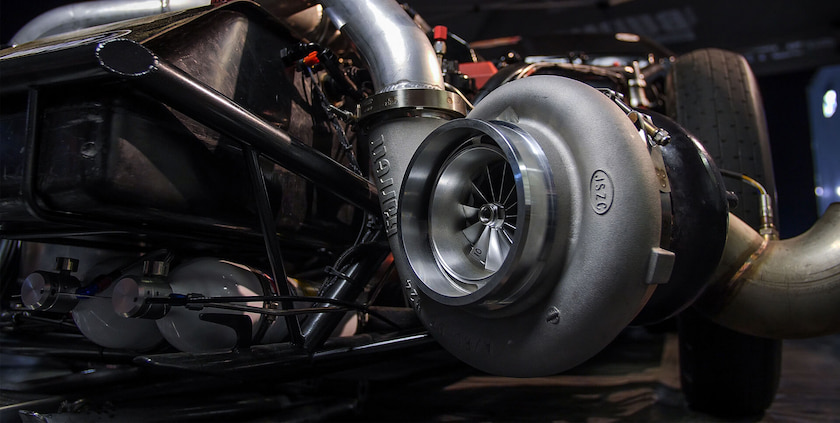
- Mounting gaskets;
- Turbo fastening hardware; and,
- Oil supply lines and hoses.
Cateran’s insistence on manufacturing all its OE-spec components and parts shows how well the company understands the importance of building turbochargers the Australia car community can depend on. It’s as much about materials as it is about machining and assembly, and that’s why you only have to look at what goes into one of its turbos to realise how solidly they’re built.
Using Hard-wearing Materials and Innovation in Turbo Engineering
When you consider that OE diesel turbos can routinely operate upwards of 150,000 RPM and at temperatures over 900°C, there’s no question about just how important materials are. With turbine assemblies spinning the equivalent of 2,500 times per second, excess heat and a lack of lubrication can lead to failure with almost no advanced notice.
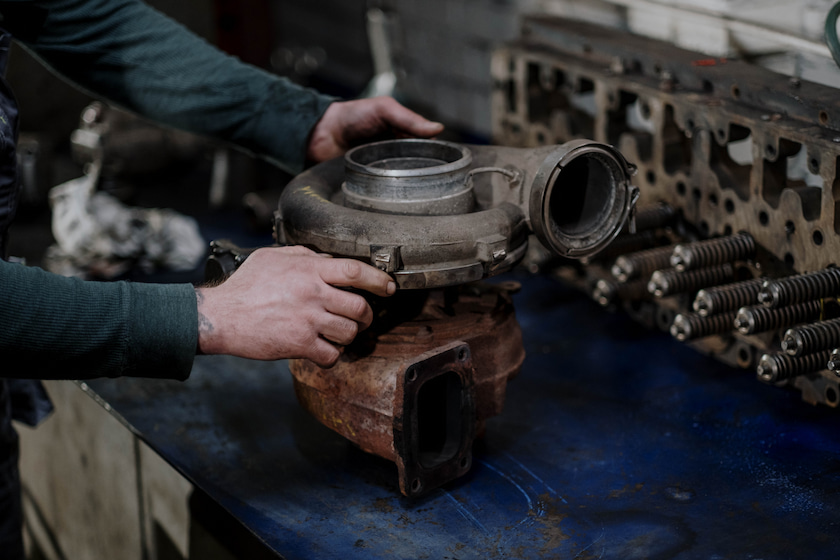
Cateran engineers its replacement diesel turbos to get ahead of these problems by starting with only the highest quality materials for its castings and components.
- Tough turbine wheels – Cateran uses only Inconel 713C nickel-chromium alloy for turbine wheels because of its ability to withstand temperatures over 980°C, and its excellent corrosion and thermal fatigue resistance.
- Sturdy compressor housings – With temperature resistance to 900°C and high-temperature strength, ductile silicon-molybdenum (SiMo) iron is Cateran’s preference for compressor housings that can hold up under decades of exposure to internal and external extremes.
- Bullet-proof bearings – Even momentary oil starvation can lead to disaster on the turbo’s bearings, which is why Cateran uses only smooth spinning premium-grad bronze bearings and ring seals to ensure that its turbos are lubricated at all times.
Along with its high-end cleaning and precision assembly processes, Cateran replacement models are also high-speed VSR turbo tested to a specification that’s one-half the tolerance of their OE counterparts. Only the highest engineering and quality control standards are applied because drivers expect these units to last.
How to Recognise It’s Time to Replace Your Turbo
With more than a quarter of the privately registered vehicles in Australia powered by diesel engines, turbo-diesels have the undisputed advantage when it comes to off-roading and pulling heavy trailers. Those advantages can disappear rapidly when a turbo’s been damaged, though.
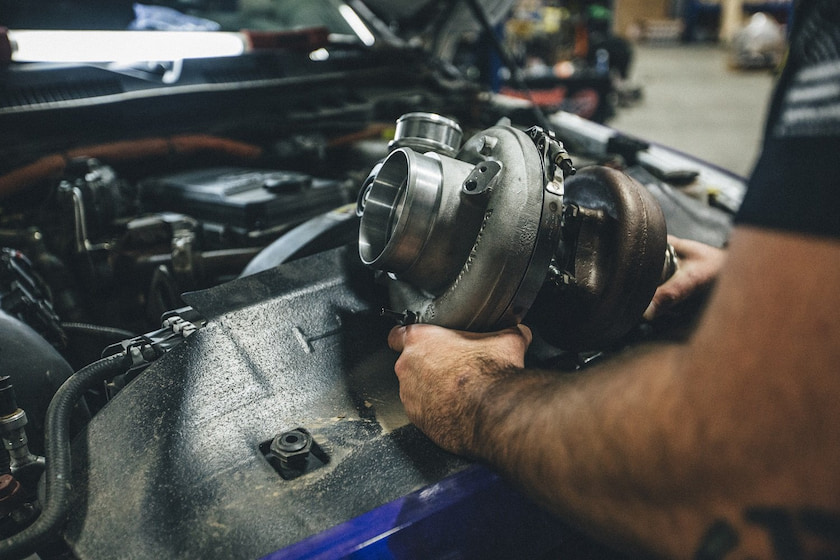
A noticeable loss of turbo “boost” and a check engine light is going to be your first indicators, but a combination of persistent factors hinting towards the likelihood of a major turbo problem would include:
Excessive Noise
Turbos usually produce a familiar whine when they’re running. But if yours starts whining and whistling excessively, it’s telling you that its internals are spinning increasingly out of balance and that failure is imminent.
Smoke Signals
Most vehicles, especially diesels, will smoke after a few years of heavy usage. If you’re seeing progressively larger plumes of blue smoke from the exhaust under acceleration, or there are visible oil leaks around the turbo, then you’ve probably blown the seals.
Extreme Overheating
Excessive exhaust gas temperatures (EGTs) on a turbocharged diesel, especially under prolonged, heavy loads, will have the effect of starving it of oxygen while it continues to burn fuel. The turbo’s going to run hot, your fuel efficiency is going to bottom out, and you’ll see visible signs of thermal fatigue on the compressor housing.
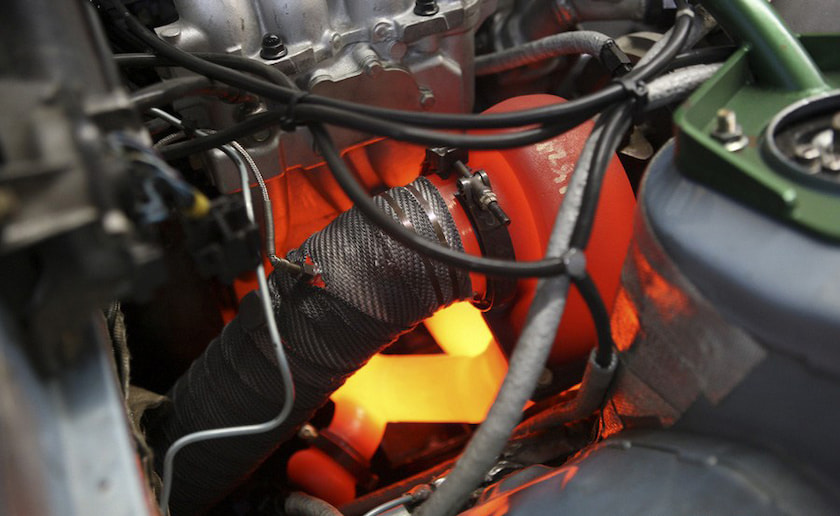
Make no mistake: anything from dust and debris entering the compressor, to contaminated oil and carbon buildup can damage a turbo. Driving around with a failing turbo, however, not only puts your engine under undue strain, it could potentially lead to a sudden, catastrophic loss of oil that would terminate your engine.
The reality is that once you’ve confirmed that your turbo’s in distress, its lifespan may have already been compromised due to overheating and fatigue. Rebuilding your old unit or getting a remanufactured one aren’t your only options – not when you can purchase a new turbocharger for sale that’s an exact replacement for the factory unit.
The Final Word
At the end of the day, turbocharging is the most effective way to improve both the power and efficiency of an internal combustion engine. Most simply won’t last as long as an engine will, especially if they’ve been worked hard, which is why it’s so important to know that brand-new replacement turbos can be purchased locally.
When it’s time to replace the factory unit on your ute or 4×4, you can depend on Cateran replacement turbos to deliver the long-lasting performance you need. No other turbo is built especially for driving in Australia, and that’ll give you peace of mind wherever you go.
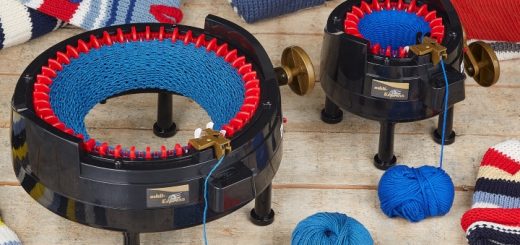


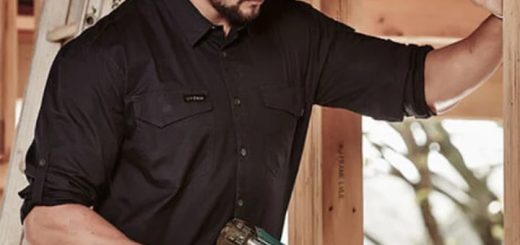




![AFX Sauber F1 C44 Stake No24 Slot Car [22092]](https://www.availableonline.com.au/wp-content/uploads/2025/06/6ccd9e30-c6fa-4910-9081-5fcc3ba80b04__60843-520x245.jpg)
